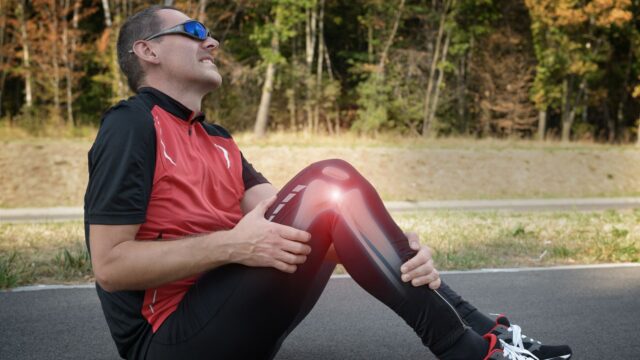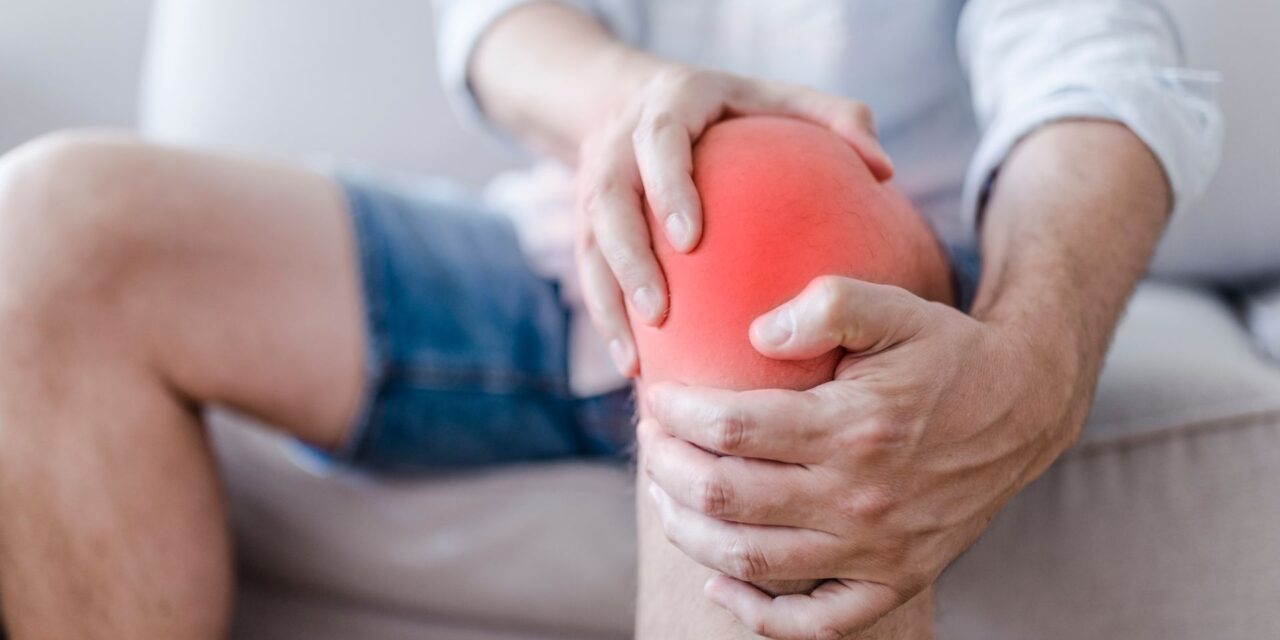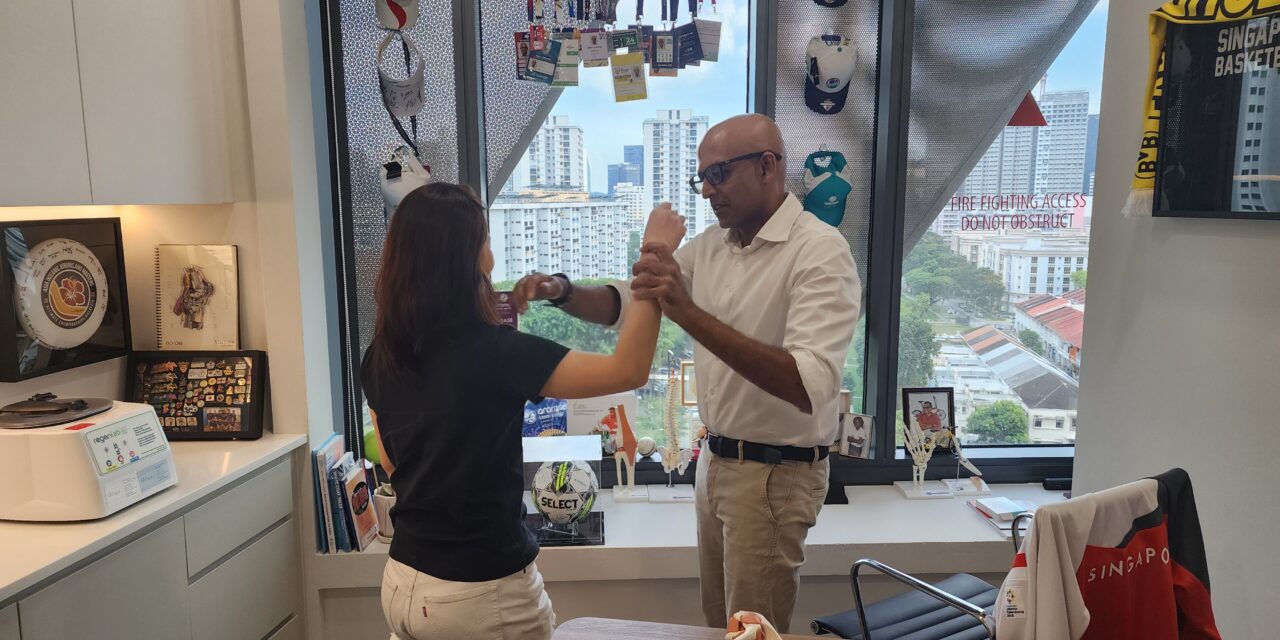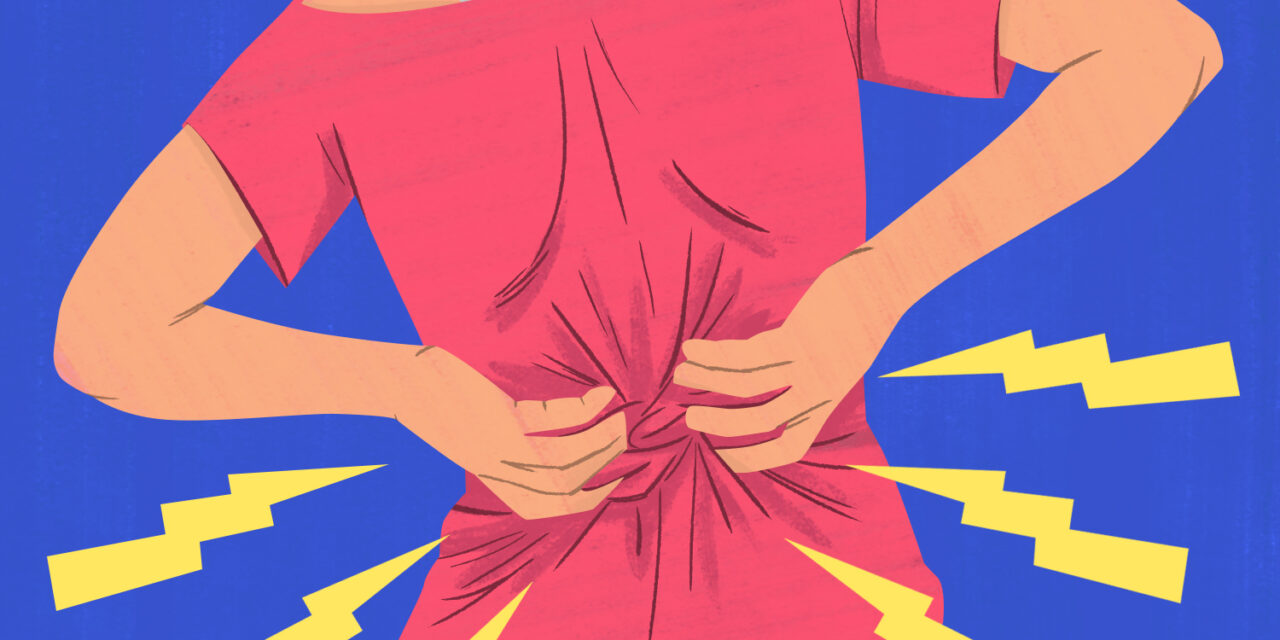
Ulnar Nerve Injury Treatment
Whether you’re an athlete, desk-based professional, or anyone facing persistent arm tingling or weakness, don’t ignore these signs. Early attention to ulnar nerve injury makes all the difference for a quicker, fuller recovery. Reach out to SportDoctor.com.sg Singapore today for a consultation.
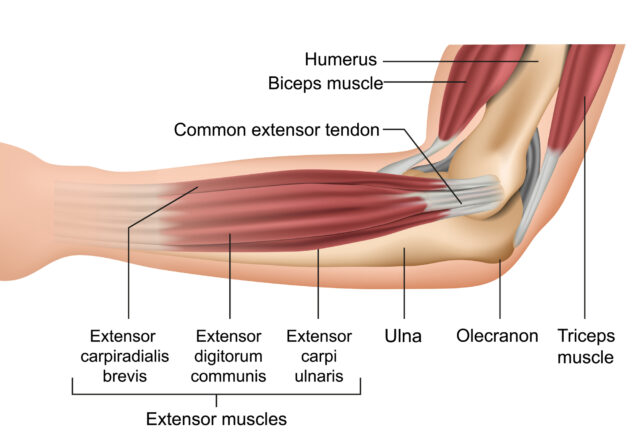
What Is Ulnar Nerve Injury?
Ulnar nerve injury refers to irritation, compression, or damage to the ulnar nerve — one of the major nerves of the arm. It typically affects areas around the elbow, wrist, and hand. You may have heard people describe a tingling sensation when hitting their “funny bone”; that’s actually the ulnar nerve being triggered.
Early identification and proper management are essential because ongoing nerve compression can lead to lasting weakness or numbness in the affected areas.
Why Do People Experience Ulnar Nerve Injury?
Many daily and sporting activities can place pressure on the ulnar nerve. For example, cyclists and tennis players often experience symptoms due to repetitive arm positions or sudden impacts. Office workers leaning on their elbows for prolonged periods can also be at risk.
Additionally, certain occupations requiring frequent arm bending or hand use — such as plumbers, mechanics, or musicians — might lead to irritation or compression of the ulnar nerve over time.
What Causes Ulnar Nerve Injury?
Several factors contribute to ulnar nerve problems. Here are the most common causes:
- Prolonged Elbow Flexion: Keeping your elbow bent for extended periods, such as when sleeping or using a phone.
- Repetitive Strain: Sports like golf or tennis and jobs requiring repetitive wrist or elbow motion.
- Direct Trauma: A hard knock to the inner elbow can irritate the nerve.
- Bone Spurs or Joint Changes: Arthritis or bone overgrowth can press against the nerve.
- Cysts or Soft Tissue Growth: These can narrow the nerve’s pathway, causing pressure and irritation.
What Are the Common Symptoms of Ulnar Nerve Injury?
Recognising symptoms early allows for prompt management. The following signs often appear when the ulnar nerve is affected:
- Tingling or numbness in the ring and little fingers.
- Weak grip strength.
- Difficulty with finger coordination, especially in fine movements.
- Aching pain at the inner elbow or wrist.
- Hand muscle wasting in severe or prolonged cases.
Symptoms may worsen when bending the elbow, leaning on it, or keeping the arm in the same position for long durations.
How Do You Relieve Ulnar Nerve Injury?
Fortunately, most ulnar nerve injuries can improve with early, non-surgical care. At Dr Dinesh Clinic in Singapore, we adopt a personalised, evidence-based approach to help manage nerve discomfort and promote healing.
Common Non-Surgical Management Includes:
- Activity Modification: Adjusting daily habits and work postures to reduce strain on the nerve.
- Arm Splints or Supports: Especially at night to prevent prolonged elbow flexion.
- Targeted Rehabilitation: Exercises to strengthen surrounding muscles and improve flexibility.
- Anti-Inflammatory Medication: To reduce swelling around the nerve.
- Ultrasound-Guided Injections: In suitable cases, to ease inflammation and relieve symptoms and release the nerve in situations where has become compressed.
Early intervention is key because it helps prevent long-term nerve damage and hand weakness.
When Should You See a Doctor?
If tingling, numbness, or weakness persists for more than a few days or worsens over time, it’s best to consult a specialist. Prompt evaluation can help identify the severity and tailor a treatment plan that suits your lifestyle and activities.
Dr. Dinesh Sirisena specialises in managing sports and overuse-related nerve conditions without surgery whenever possible. You’ll receive a clear explanation of your options and a step-by-step recovery plan designed for your needs.
Why Choose Dr Dinesh Clinic Singapore?
✔ Non-Surgical Focus: Personalised treatment strategies aimed at recovery without invasive procedures.
✔ Experienced Sports Medicine Specialist: Dr. Dinesh has extensive experience treating nerve and overuse injuries in active individuals.
✔ Advanced Diagnostic Tools: Including ultrasound imaging to accurately identify nerve compression.
✔ Trusted by Athletes & Active Professionals: Proven track record in helping patients regain function and confidence.
Make an Appointment
If you’re experiencing symptoms of Ulnar Nerve Injury, book a consultation with Dr. Dinesh today. Take the first step towards a pain-free, active lifestyle.
📞 WhatsApp or Call us at: 88893594
📧 Email: info@sportdoctor.com.sg
📍 Visit us at: Farrer Park Medical Centre
1 Farrer Park Station Rd, #07-07/08
Farrer Park Hospital, Singapore 217562




